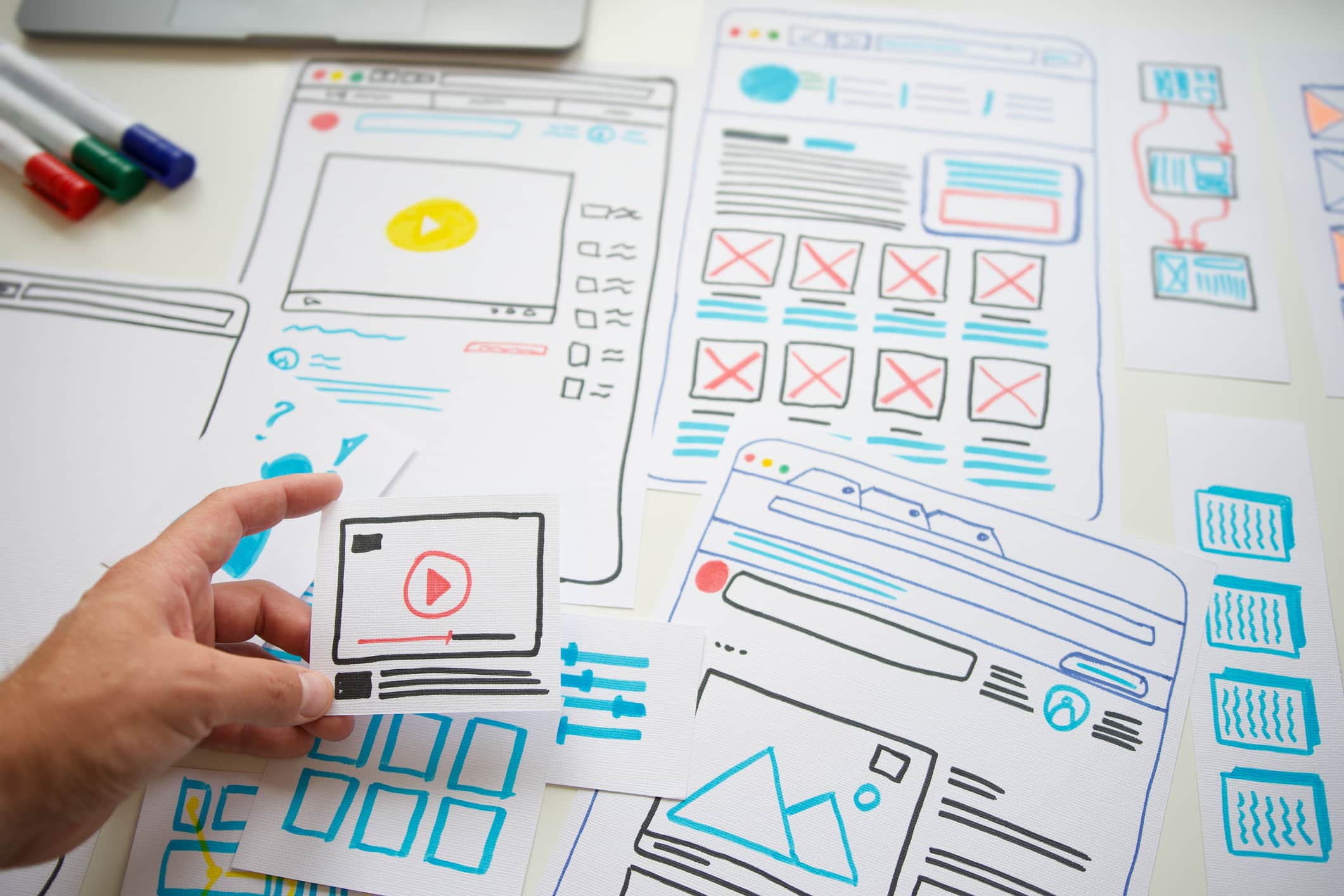Anymore, conversations around websites are centered around the user experience of the site or campaign, or how beautiful the design of the site appears.
“UX” and “site design” are two digital terms often incorrectly interchanged. Together, site design (commonly referred to as user interface design) and UX design (user experience design) are two factors that make up a great product or website. When executed correctly, both design and UX design work seamlessly together to create digital experiences that stick with consumers and drive sales.
UX is the overall experience a user has with a company’s products or services. Technically, UX can be applied to anything you interact with, whether it be a website, coffee machine, or the shelves at the grocery store.
The important part to remember is that a “user experience” is anything that a customer can interact with. In terms of digital design, the ultimate goal of UX is to take problems a customer is having on a website or app and design practical and efficient solutions for them along their user journey.
The UX is the foundation for the site’s design. This means, sitemaps, user stories, wireframes and requirements gathering all come before the graphic design stage. The design needs to be informed by the UX.
When practicing this type of design, designers carefully consider each element – both visual and interactive – a user might encounter on their website and digital journey. They think about how a user will react to that element and how it’s connected to other elements, potentially on other mediums. Its main goal is to guide the user through the product naturally, and also ensures that a digital product is within a company’s brand standards.
In short: UX design is the overall feel of a product experience, and site design is how the product looks and functions.
UX and site design must both work together closely to establish how a product looks and operates. They share the same business goals but require different processes for thinking and execution. One cannot work efficiently without the other, and both are crucial to furthering customers in their experiences with a company or product.
